Several years ago, Breguet quietly introduced a complicated vintage-style pocket watch into its collection: the Reference 1907 Classique Grande Complication.
As you can plainly see from the front of the watch, the 525 component-strong movement is set up to show the time in regulator style, chime the time in the form of a minute repeater with grande sonnerie, and provide extra precision thanks to the one-minute tourbillon visible at 4 o’clock on the luxurious guilloche dial.
The movement is housed in a yellow gold hunter case with a Breguet-typical coin-edge case band. Breguet obviously wants to make sure this is an eternal classic – as it should be – so it is housed in traditional 18-karat yellow gold case.
There is also plenty of decoration: the movement is hand-engraved while the dial shows off a Breguet specialty: hand-applied guilloche. The case is also embellished with both guilloche and engraving.
Contrary to what one might believe when looking at this timepiece, Reference 1907 is not a direct copy of an historical piece. It is simply a vintage-style, complicated pocket watch inspired by various elements from Breguet’s illustrious past.
Historical pocket watch reproduction at Breguet is not necessarily unusual, though, and you would be forgiven for thinking this would be one of those.
A fantastic precedent is the recreation of the legendary Reference 160, informally known as the “Marie Antoinette,” which contained every horological complication known to man at the time of its manufacture (1782 through 1827).
Breguet’s most famous timepiece, it was stolen (see the story, which was the subject of a fictionalized novel, in The Grand Complication By Allen Kurzweil Delves Into The Mystery Of Breguet’s Marie Antoinette), after Swatch Group chairman Nicolas G. Hayek – Breguet’s modern parent company – had set his watchmakers about making a modern replica of the watch in 2005. Known as Reference 1160, this incredible reproduction was introduced at Baselworld 2008.
So where does the reference number 1907 come from? That’s another mystery, for sure. And while I have no official explanation, I can make an educated guess. So I will.
Abraham-Louis Breguet’s progeny went on to become French scientists. Famous ones, too. See some of the story, including the inclusion of Louis-François-Clement Breguet’s name on Paris’ Eiffel Tower, in Why Paris Was Also A Capital Of Watch Fashion In The 1800s.
Abraham-Louis’ grandson Louis-Charles was one of the early pioneers of aviation, going on to found the Société des Ateliers d’Aviation Louis Breguet, a company that was also known simply as Breguet Aviation.
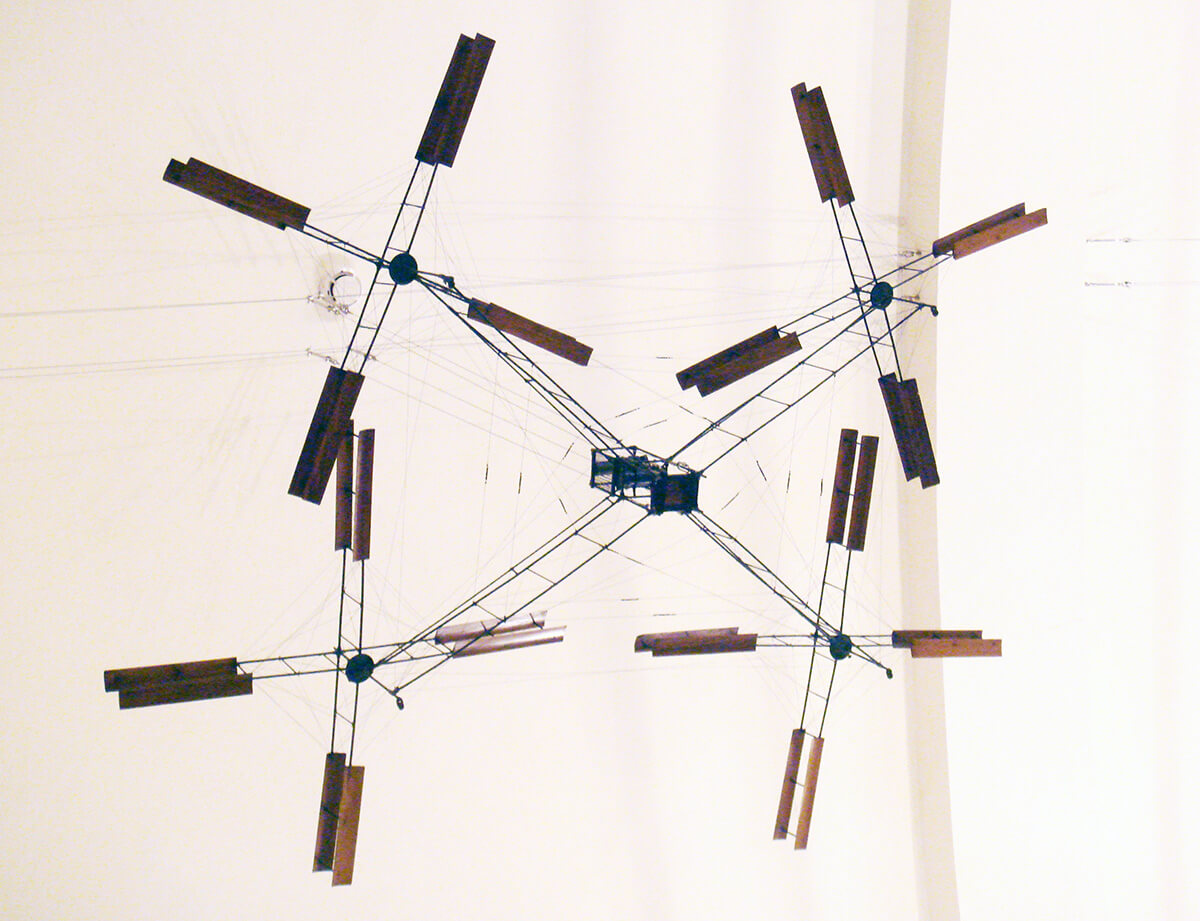
The Breguet-Richet Gyroplane was an early French experimental quadcopter rotary-wing aircraft developed by Breguet Aviation in 1907 (photo courtesy Wikipedia)
In 1907, one of his creations flew for the first time: an experimental single-seat aircraft similar to a helicopter with four rotors. It was called the Breguet-Richet Gyroplane.
This may or may not be the explanation – but it’s as plausible an explanation as any.
For more information, please visit http://www.breguet.com/en/timepieces/classique-complications/1907.
Quick Facts Reference 1907
Case: 56.5 x 21.95 mm, yellow gold
Dial: silvered gold, hand-applied guilloche
Movement: manually wound Caliber 508GS with one-minute tourbillon and 65 hours of power reserve; 2.5 Hz frequency
Functions: regulator-style hours (subdial) and minutes (sweep); minute repeater with grande sonnerie
Limitation: extremely limited production, made only upon request
Price: Breguet officially says “price on request” only, but if you were a serious buyer you’d be told that the price is about $1 million





















































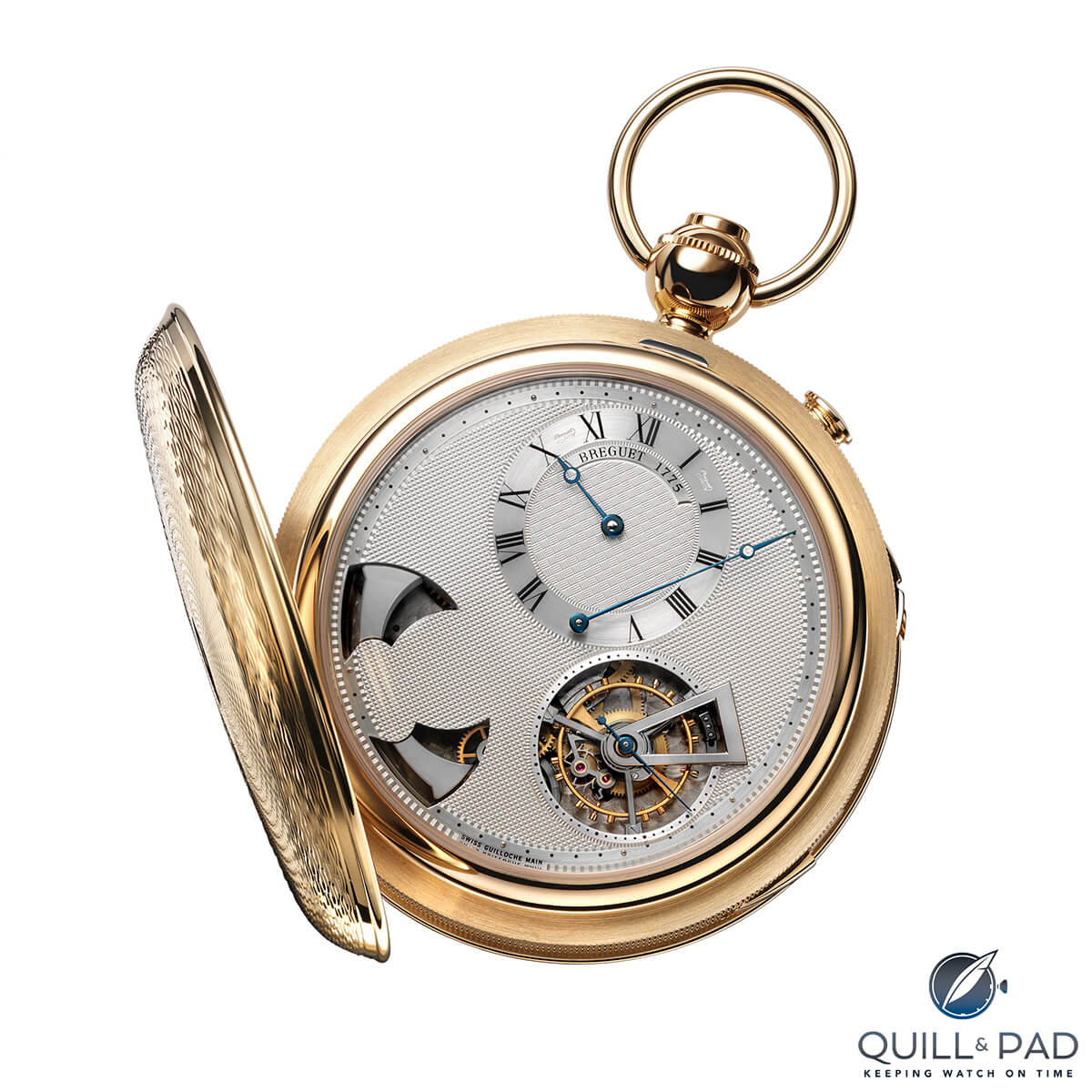
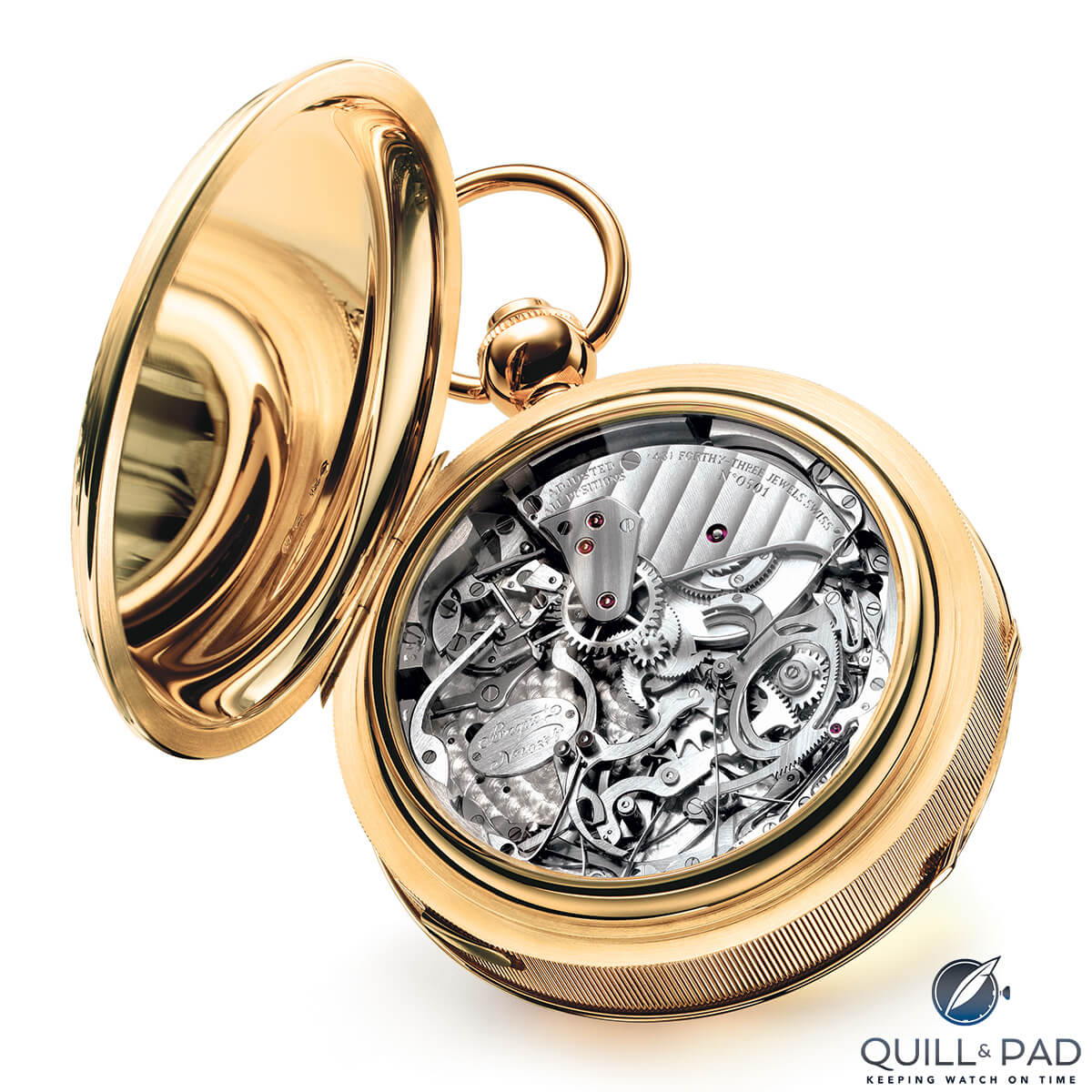
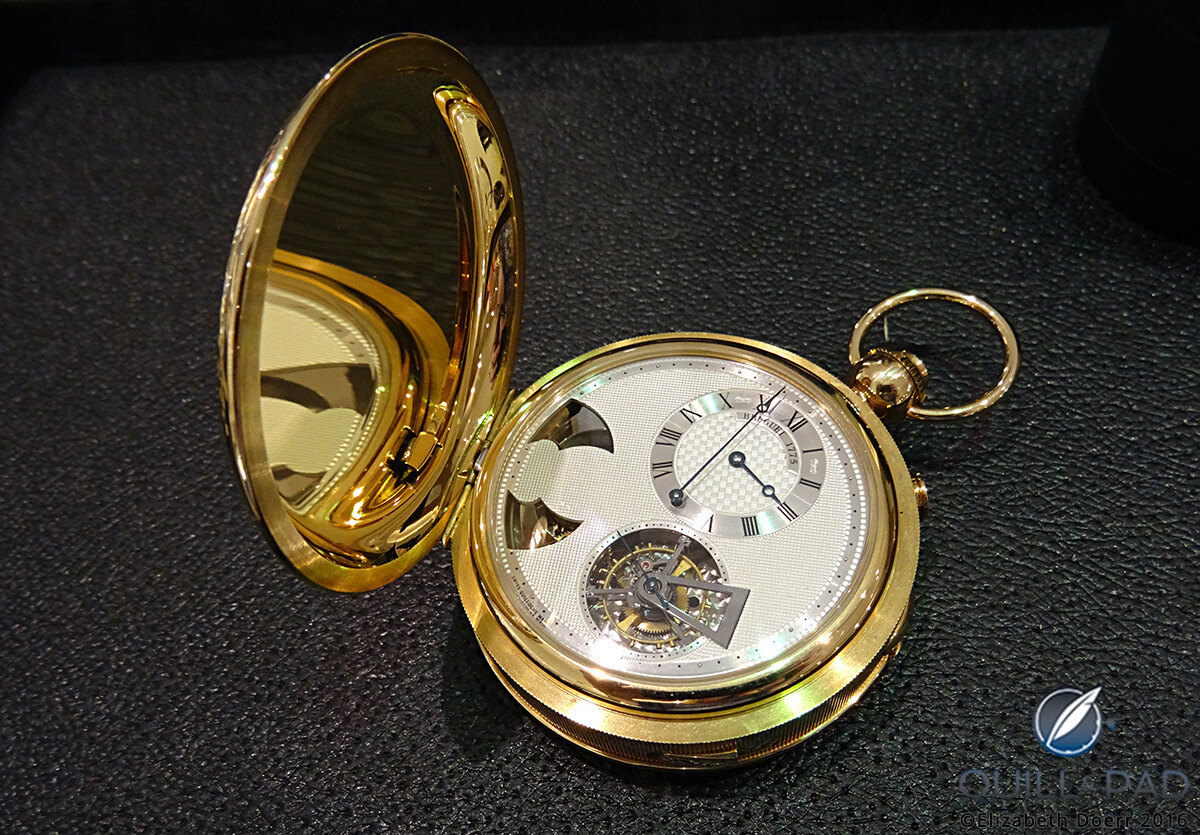
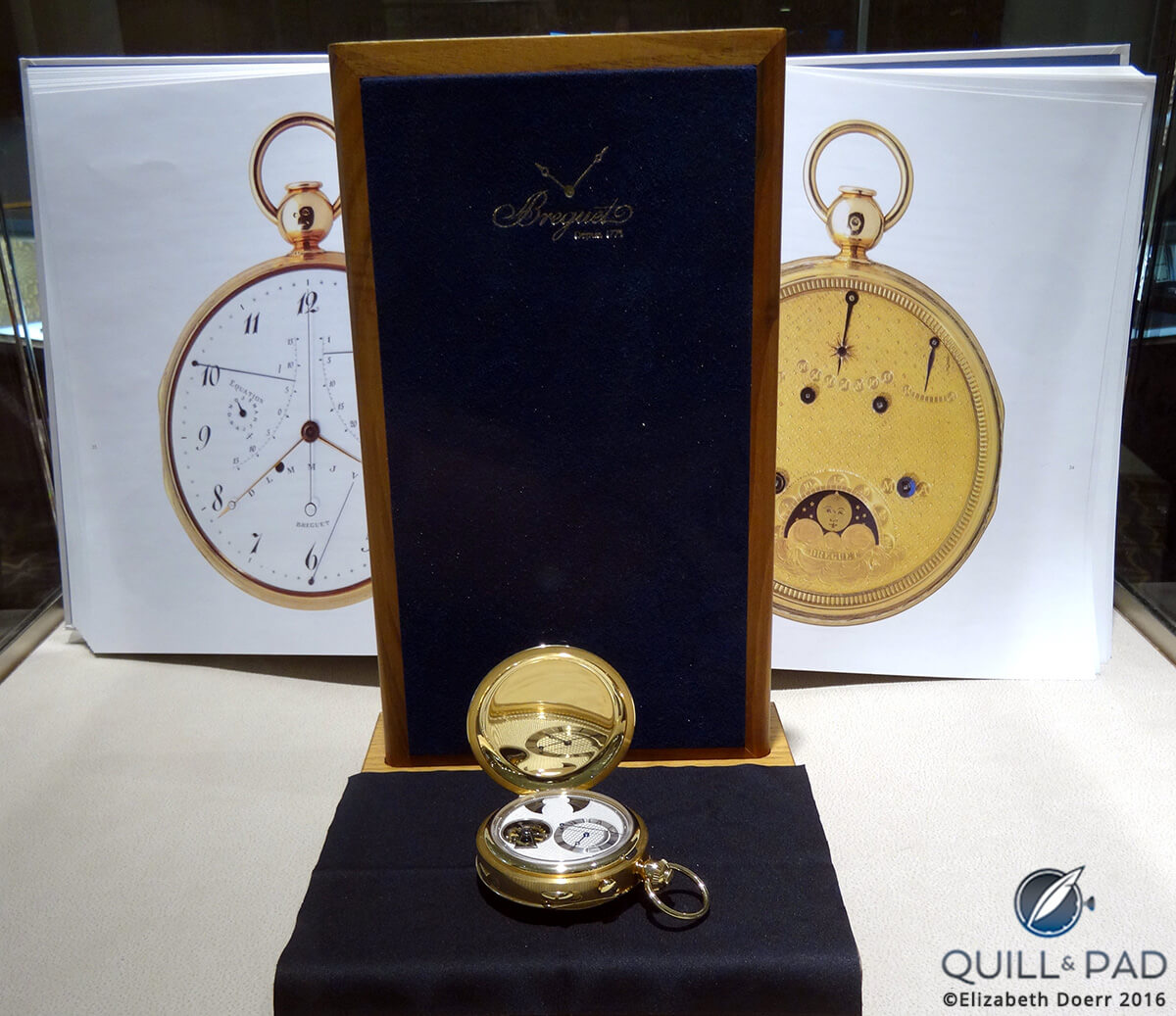
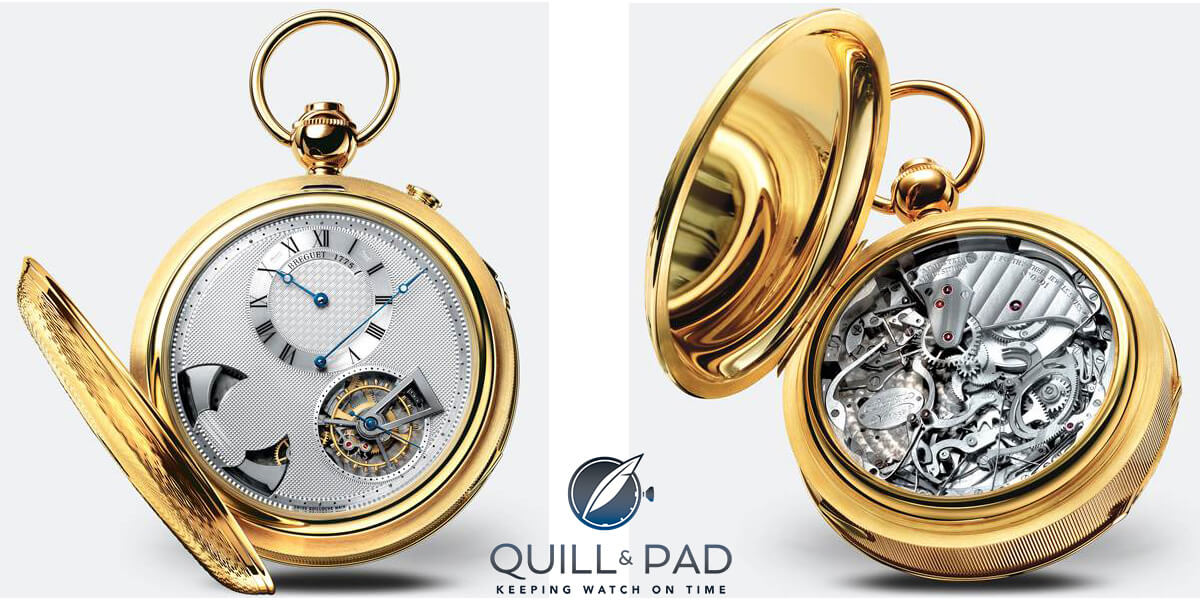
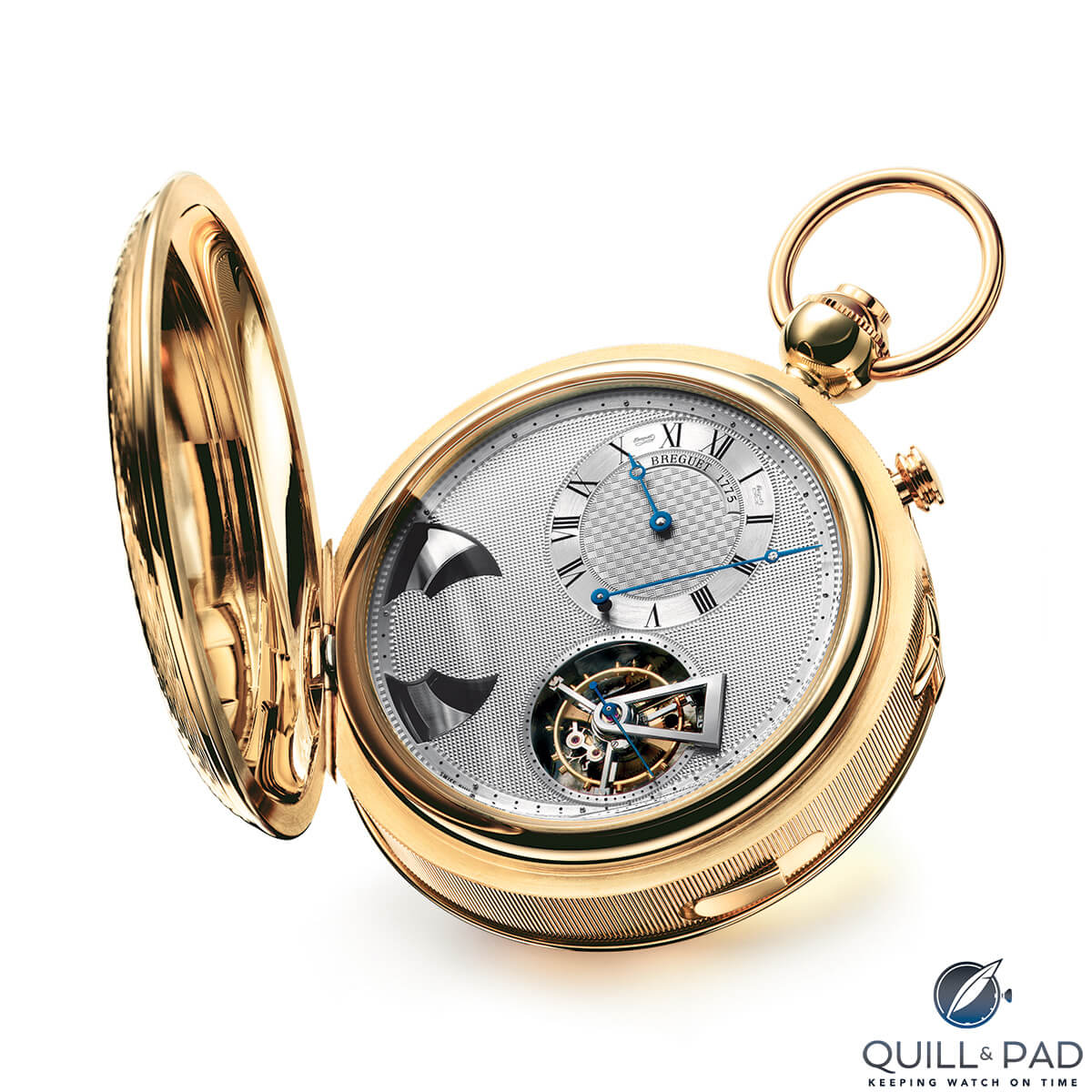
Leave a Reply
Want to join the discussion?Feel free to contribute!